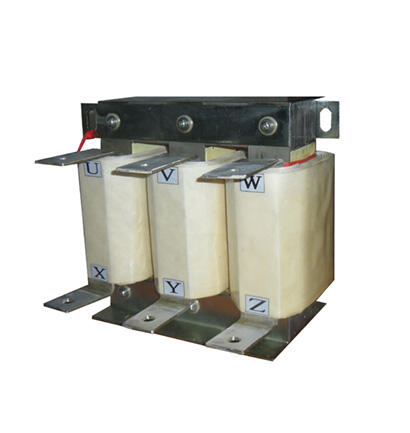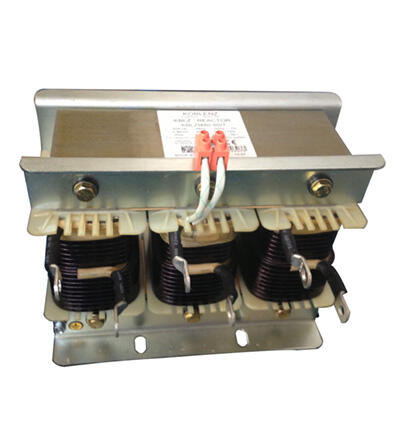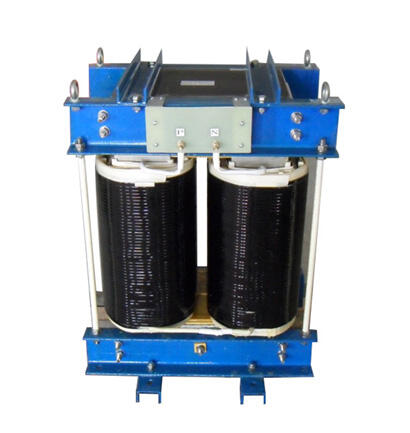réacteur dans la sous-station électrique
Un réacteur dans une sous-station électrique sert de composant critique pour la stabilité et la protection du système électrique. Cet appareil spécialisé gère l'écoulement du courant et la régulation de la tension en utilisant des principes électromagnétiques pour introduire une impédance contrôlée dans le réseau électrique. Le réacteur fonctionne principalement comme un dispositif limitant le courant, empêchant les courants de défaut excessifs lors de perturbations du système et maintenant la stabilité du réseau. Dans les sous-stations électriques modernes, les réacteurs sont conçus avec des systèmes de refroidissement avancés et des capacités de surveillance sophistiquées, leur permettant de gérer efficacement les opérations à haute tension. La technologie incorpore des matériaux de cœur spécialisés et des bobines précision qui fournissent une réactance optimale tout en minimisant les pertes de puissance. Ces dispositifs sont stratégiquement placés dans la sous-station pour protéger les équipements coûteux et maintenir la qualité de l'énergie. Leurs applications s'étendent à divers niveaux de tension, des systèmes de distribution moyenne tension aux réseaux de transport à très haute tension. La conception du réacteur inclut des caractéristiques telles que des réglages d'impédance ajustables, des systèmes de surveillance thermique et des enveloppes protectrices qui assurent un fonctionnement fiable dans des conditions environnementales variées. Ils jouent un rôle essentiel dans la correction du facteur de puissance, le filtrage harmonique et le soutien de la tension, ce qui les rend indispensables pour l'infrastructure moderne de distribution d'énergie. L'implémentation de systèmes de surveillance intelligents permet un suivi en temps réel des performances et une maintenance prédictive, améliorant ainsi la fiabilité globale du réseau électrique.


